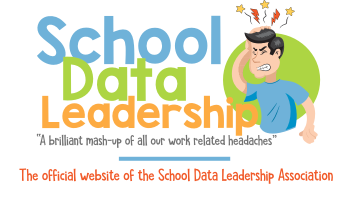Examine personal assumptions, values, and beliefs to address students’ various academic, linguistic, cultural, social-emotional, physical, and economic assets and needs and promote equitable practices and access appropriate resources.
Examine personal assumptions, values, and beliefs: This involves educators reflecting on their own biases, preconceptions, and cultural perspectives that may influence their interactions with students. By becoming aware of these personal factors, educators can ensure they approach teaching and student support with an open mind and a commitment to equity.
Address students’ various academic, linguistic, cultural, social-emotional, physical, and economic assets and needs: Students come from diverse backgrounds and have unique strengths and challenges. Educators should recognize and celebrate the diversity of their students, including differences in academic abilities, language proficiency, cultural backgrounds, social and emotional needs, physical abilities, and socioeconomic status. This requires personalized approaches to teaching and support that acknowledge and build upon each student's assets while addressing their specific needs.
Promote equitable practices: Equity in education means ensuring that all students have access to the resources, opportunities, and support they need to succeed, regardless of their background or circumstances. This involves identifying and addressing systemic barriers to achievement and advocating for policies and practices that promote fairness and inclusivity.
Access appropriate resources: Educators must be proactive in seeking out and utilizing resources that support the diverse needs of their students. This includes instructional materials, professional development opportunities, community partnerships, and support services. By accessing and leveraging these resources effectively, educators can create inclusive learning environments where all students can thrive.
To further explore and implement this standard, educators can access a variety of resources and tools:
-
Professional Development Workshops: Participating in workshops or training sessions focused on cultural competence, equity in education, and inclusive teaching practices can help educators deepen their understanding and skills in addressing diverse student needs. Organizations like the California Teachers Association (CTA) often provide such resources.
-
Online Courses and Webinars: Platforms like Coursera, edX, and Teaching Tolerance offer online courses and webinars on topics related to diversity, equity, and inclusion in education. These resources can provide educators with practical strategies and insights for implementing the standard in their practice.
-
Research and Articles: Academic journals, such as the Journal of Educational Equity and Leadership, publish research and articles on topics related to equity in education. Educators can access these publications to stay informed about current research findings and best practices in promoting equity and diversity in schools.
-
Community Resources: Collaborating with community organizations and support services can help educators connect students and families with additional resources and support outside of the school environment. Local libraries, cultural centers, and advocacy groups may offer programs and services that complement the school's efforts to address diverse student needs.
By continually reflecting on their own beliefs and practices, seeking out relevant resources, and implementing equitable approaches in their classrooms and schools, educators can effectively meet the diverse needs of their students and promote inclusive learning environments.
